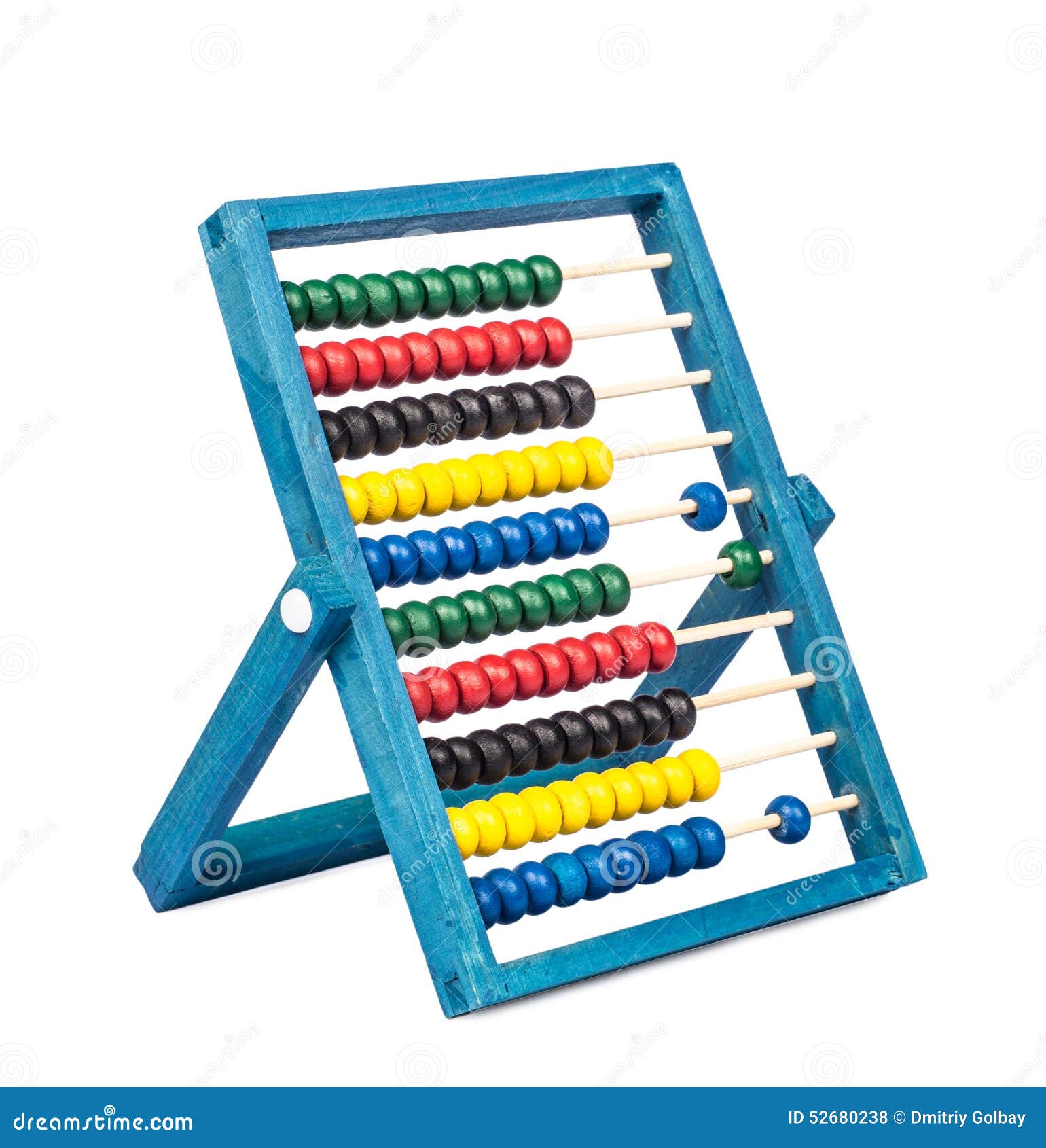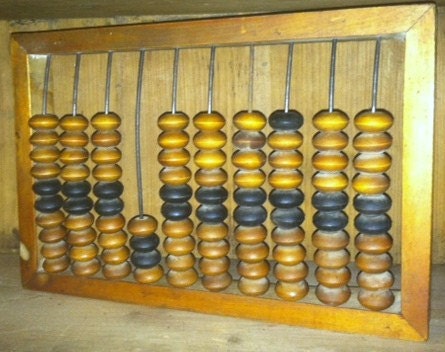
ABACUS BEADS UK HOW TO
How to Make a Soroban Abacus for Ages 9 and Upįirst, thread 5 coloured beads onto each chenille stem. Try making larger numbers and learn how to add numbers together on an abacus, following this link to ABC Education.įor more number facts fun, be sure to also check out our Number Facts Grid Game and these Math Dice Games.Find how many ways you can make 5 (slide 1 bead over, 4 beads are to the left slide 2 over and 3 are to the left, etc) or ten.Use your abacus to count along by ones, fives and tens as you watch the video below. They will begin to notice patterns on the abacus as they count. Depending on how many beads you put on each “rod,” your children can count by ones, twos, fives, tens, etc.Now, you’re ready to practice counting, adding and subtracting! When you have all of the stems in place, add more tape to reinforce the back. As you wrap each one, use tape to hold it in place on the back of the tray. Pull hard enough to straighten the stem, but not so hard that the tray tears. Gently wrap each stem on the tray into the slits on each side of the tray. These slits will help keep your chenille stems in place. Use scissors to cut very small slits where your pencil marks are. Make a mark at the left and right edges to show where each stem is placed.

Next, place the styrofoam tray vertically in front of you and lay the stems horizontally on top with space between them (see photo). Kids will enjoy threading and counting the beads, but supervise younger children, especially if you are working with smaller beads.

It’s best to place beads of the same colour on each stem. 50 -100 coloured beads (plastic or wooden)įirst, thread 5 or 10 coloured beads on each chenille stem, 5 for preschoolers and 10 for children in kindergarten and primary grades.A large, clean styrofoam tray (many grocery stores will happily donate unused trays- even class sets for teachers).How to Make a Homemade Abacus Why Make an Abacus?Ībacuses have been used for centuries to perform mathematical computation of all types- addition, subtraction, multiplication, and division- and they are still widely used today! They are especially helpful for children who are kinesthetic learners since the abacus allows them to touch and move the beads as they count and work problems. Whichever you choose to make, your children can enjoy using their abacus some hands-on practice with number concepts and computations! I found it quickly on Toy Street’s website, and was amazed to see that international shipping (with the conversion) was actually VERY reasonable! The product arrived to the west coast of Canada in about a week, and the birthday was saved.Make a homemade abacus with your child or students using just a few basic materials – in fact, we are sharing two different homemade abacus designs – a simple system that is great for young learners and a slightly more complicated abacus based on a Japanese soroban abacus that helps older students who are already familiar with the concept of place value.

Initially we wrote off any possibility of getting this for her, until I decided to just check. She desperately wanted it for her 4th birthday but it appeared to only be available from the UK. We live in Canada and my daughter found a photo on Pinterest of this toy. I found it quickly on Toy Street’s website, and was amazed to see that international shipping (with the conversion) was actually VERY reasonable! The product arrived to the west coast of Canada in about a week, and the birthday was saved.


 0 kommentar(er)
0 kommentar(er)
